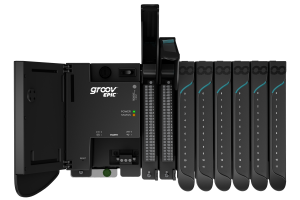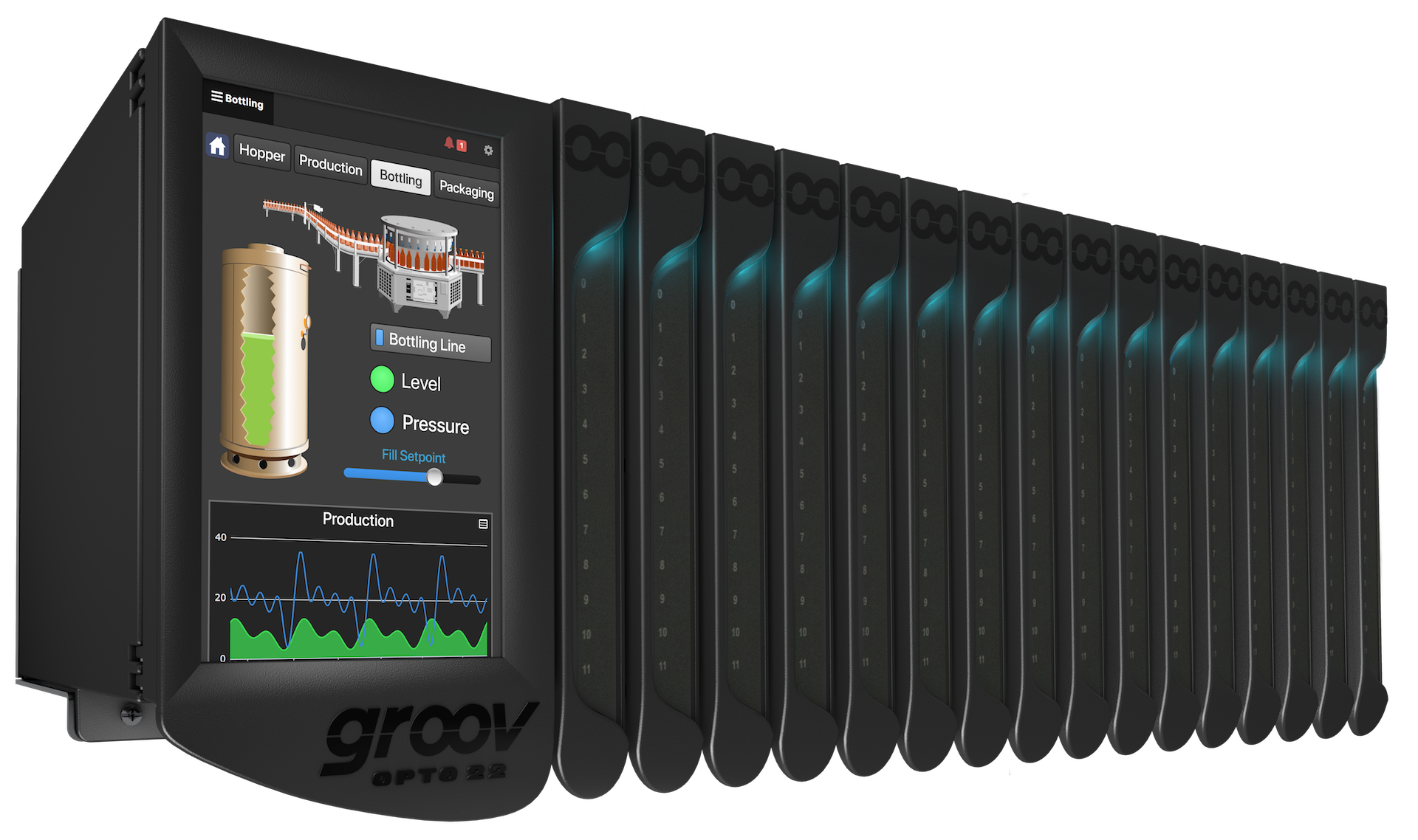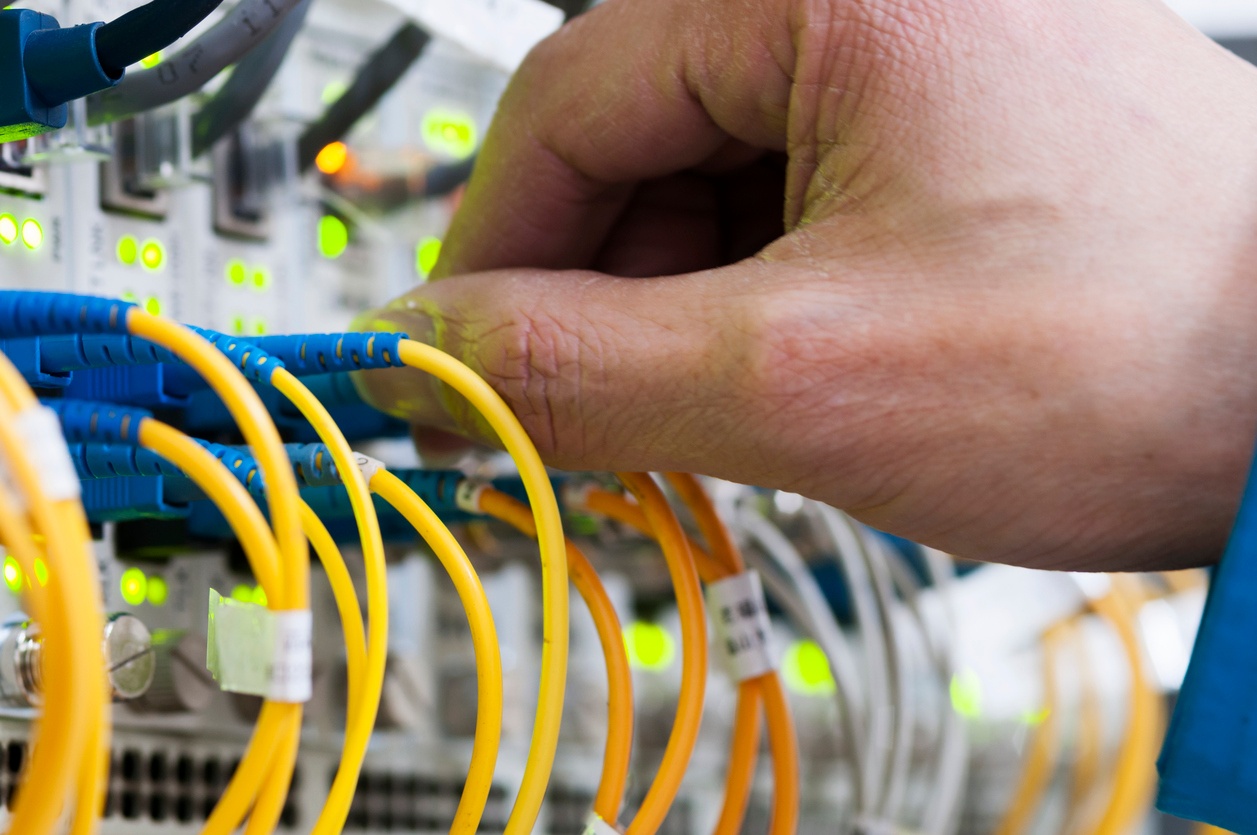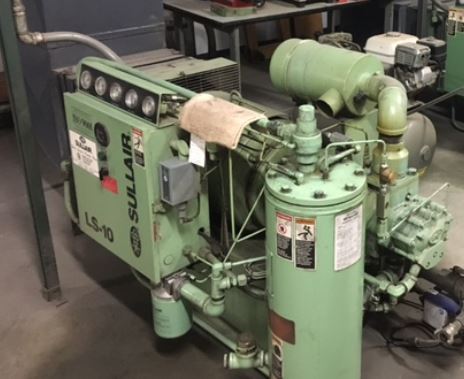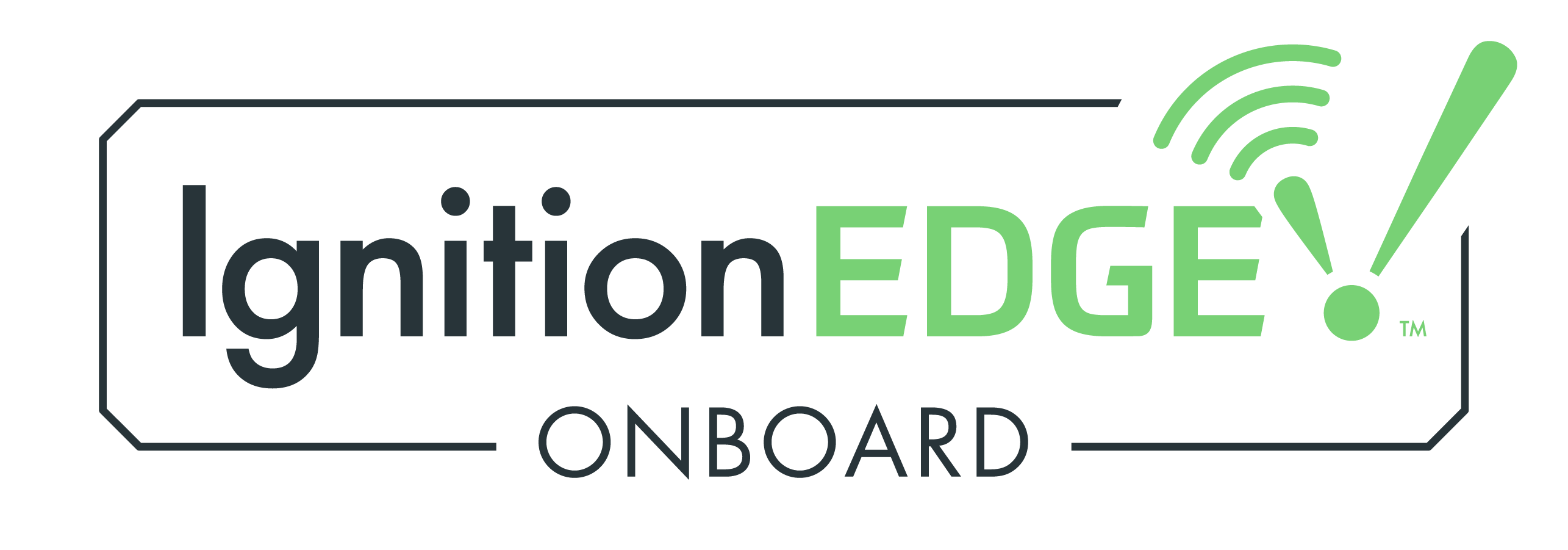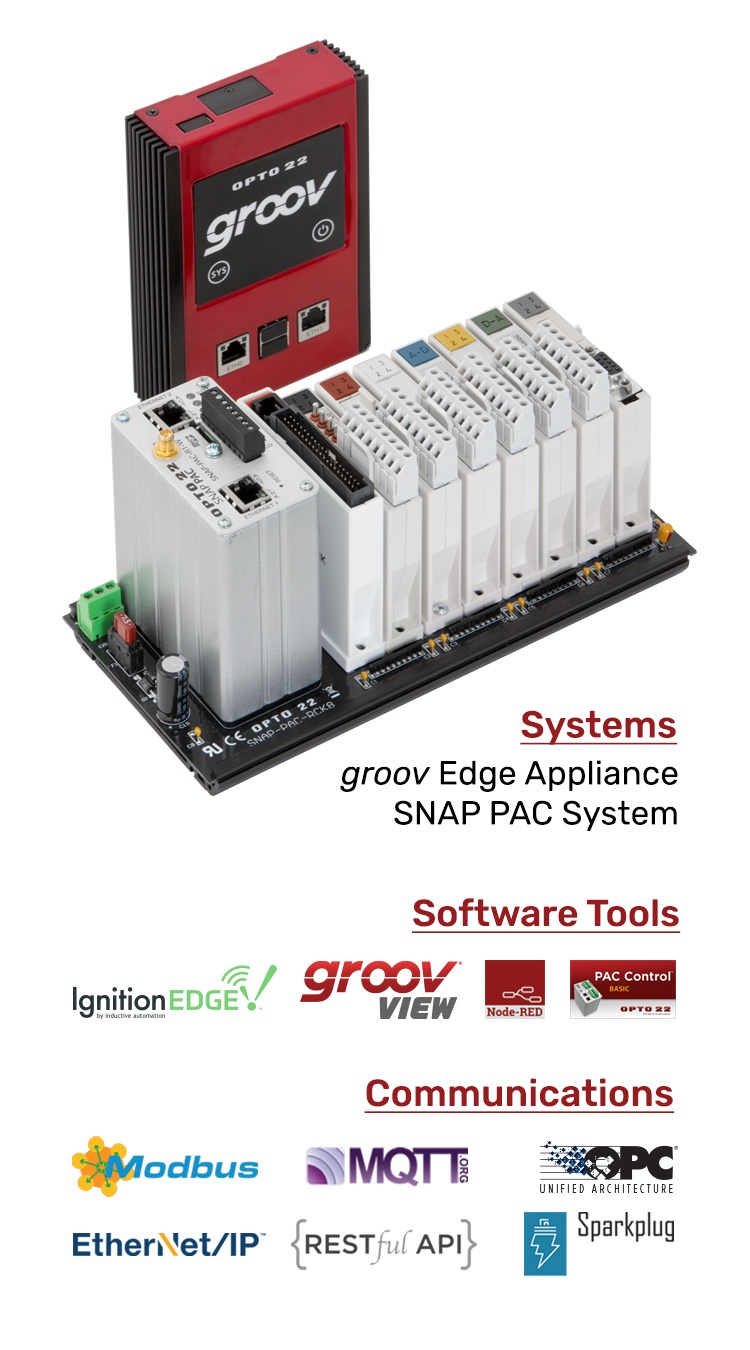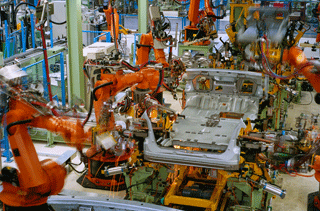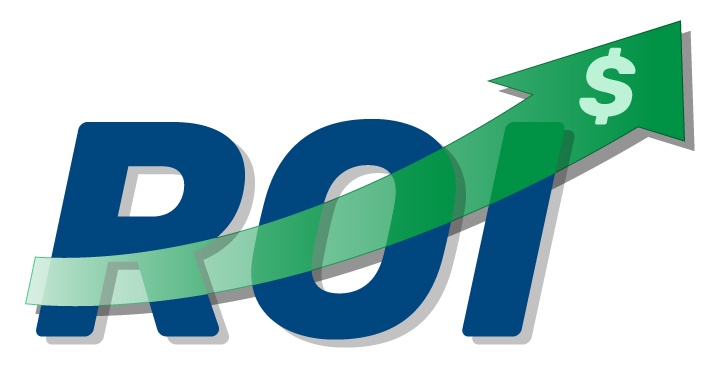Opto 22's groov EPIC® system starts shipping on May 18.
You can start ordering now!
Pre-orders will ship first, and based on early feedback from several EPIC Roadshows, this new system will be in high demand. Customers are excited about the built-in features of groov EPIC, not only for IIoT applications but for all automation and data acquisition applications.
Here are just a few of these features:
Read More
Topics:
Process control,
Discrete control,
groov,
Internet of Things,
PLCs,
Remote monitoring,
IoT,
Machine builder,
New products,
Integrators,
I/O,
PAC Control,
IIoT,
Industrial Internet of Things,
Node-RED,
Data acquisition,
MQTT,
Ignition Edge,
EPIC
In part 1 we met two communication models for computers on a network: request-response and publish-subscribe. Now let's take a look at when you might want to use each, and why.
Request-response: proven and reliable
In a request-response architecture, each client opens a direct connection to each server, because the client requests data directly from the server.
In automation, typically clients are PCs and servers are PLCs or PACs. So each PC opens a direct connection to each PLC or PAC from which it needs data.
Read More
Topics:
groov,
Internet of Things,
Remote monitoring,
IoT,
Machine builder,
OEM,
Integrators,
Networking,
IIoT,
Industrial Internet of Things,
Data acquisition,
MQTT,
Ignition Edge,
EPIC
You've been asking for more details about our brand-new groov EPIC® system for the IIoT and automation, and here they are!
We just published a part numbers list and the first several data sheets, with preliminary descriptions, specs, wiring diagrams, and dimensions. So take a look and start planning the system you want.
Read More
Topics:
Process control,
Discrete control,
groov,
Internet of Things,
PLCs,
Remote monitoring,
IoT,
Machine builder,
PACs,
OEM,
New products,
Integrators,
I/O,
IIoT,
Industrial Internet of Things,
Data acquisition,
EPIC
When we announce a new product, we want you—our loyal customers and OptoBlog readers—to be the first to hear about it.
And this isn't just one product. This is EPIC: the world's first Edge Programmable Industrial Control system—a brand-new I/O and control system built for the future of automation and designed for the way you work.
Read More
Topics:
Energy management,
Process control,
Food & beverage,
Discrete control,
groov,
Internet of Things,
PLCs,
Remote monitoring,
Water & wastewater,
IoT,
Machine builder,
PACs,
OEM,
New products,
Integrators,
I/O,
PAC Project,
Building management,
Oil & gas,
PAC Control,
IIoT,
Industrial Internet of Things,
Node-RED,
Data acquisition,
MQTT,
Ignition Edge,
EPIC
We all know that computers and other electronic devices—printers, routers, laptops, smartphones, and more—are networked so they can exchange information.
But how does that information get where it’s supposed to go?
How does a spreadsheet get to the printer, a YouTube video get to your smartphone, or—most important for automation engineers—a value from a sensor get to your HMI?
Read More
Topics:
groov,
Internet of Things,
IoT,
Networking,
IIoT,
Industrial Internet of Things,
Data acquisition,
MQTT
You've shown a lot of interest in our blog posts this last year—thank you. We hope they answer some of your questions and help make your automation projects easier.
So to round out the year, take a look and see if you missed any of these popular posts.
Predictive maintenance on a compressor. We'd all like to get a better handle on equipment maintenance, to reduce unnecessary expense, maximize efficiency, and avoid outages.
See how a simple internet of things project could provide real value for your company.
Read More
Topics:
Case studies,
Food & beverage,
groov,
Internet of Things,
IoT,
Integrators,
IIoT,
Industrial Internet of Things,
Ignition Edge
Is the Internet of Things (IoT) just a lot of hype, or can the IoT technologies we keep hearing about provide real value?
RESTful APIs, Node-RED, and MQTT are just some of the new technical terms we're all starting to learn.
If you'd like to see these technologies in action to understand how they might be useful for your applications, then join us for a new webinar on December 12.
Opto 22's Senior Applications Engineer Kyle Orman will demo these technologies and more. He'll show you how to exchange live data between real-world I/O and IoT platforms.
You'll see:
- IoT hardware that's proven in industrial locations
- RESTful APIs to get data from PAC controllers
- Examples of simple logic flows created with Node-RED
- Ignition Edge® OPC-UA drivers built into the
groov Box
Read More
Topics:
Internet of Things,
IoT,
Machine builder,
PACs,
OEM,
Integrators,
API,
IIoT,
Industrial Internet of Things,
Node-RED,
Data acquisition,
MQTT,
Ignition Edge
If you're a manufacturer interested in improving overall equipment effectiveness (OEE), you may find it difficult to integrate OEE with your manufacturing execution system (MES) or enterprise resource planning (ERP) system.
Why? Because the IT (information technology) software systems traditionally used for MES and ERP don't interface with the PLCs and I/O systems used in production and manufacturing.
Read More
Topics:
Case studies,
Process control,
Internet of Things,
IoT,
Integrators,
IIoT,
Industrial Internet of Things,
Data acquisition
Over the years, one of the most difficult things I’ve had to help clients with is justifying an automation project. Whether it’s a new system or an upgrade, the challenge is often in quantifying the benefits financially.
Read More
Topics:
Internet of Things,
IoT,
API,
REST API,
IIoT,
Industrial Internet of Things



